I still remember the first time my friend told me she was signing her 10-year-old up for coding classes. “That’s amazing!” I said, “What kind of coding?” She shrugged. “I have no idea. Something with computers?”
As a coding trainer who’s worked with tons of kids in robotics and coding, I know firsthand how tough it can be to choose the right enrichment centre for your child. With so many options out there—coding, robotics, music, sports, art—you might be asking, “Where do I even start?”
I get it! It can feel a bit overwhelming. But trust me, finding the right program can make a huge difference in your child’s learning journey. Whether it’s through building robots or painting, the right enrichment class can help your child discover their passion and develop new skills.
So, if you’re wondering how to choose the best enrichment centre, here are some tips I’ve picked up along the way that can help you find a great fit for your child.
Choosing the Best Enrichment Centre for Your Child

1. Start with Your Child’s Interests
Before diving into endless Google searches for “enrichment classes near me,” take a minute to think about what your child loves to do. Are they into video games? Maybe a game development or coding class would be perfect. Or perhaps they enjoy building things—robotics classes might be just the thing!
If your child enjoys creative activities, you can also explore unconventional learning approaches like teaching coding through art and music. This can be a fantastic way to introduce problem-solving skills in a way that feels fun and natural.
💡 Pro Tip: Let your child’s interests guide the search. If they love something, they’ll be way more excited to dive in.
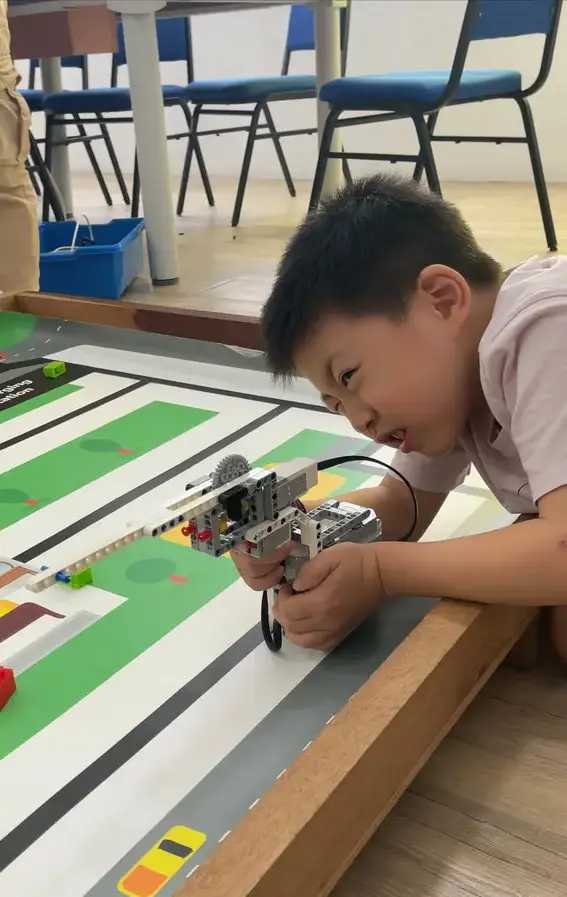
2. Look for Fun, Hands-On Learning
Here’s the thing: kids learn best when they’re actually having fun. And let’s face it—if a class feels like another boring school lesson, they won’t stick with it.
Look for programs that are hands-on and interactive. For example, if they’re into science, find a class that involves experiments and projects. If they love music, look for a program where they get to create their own songs rather than just memorizing notes.
When choosing a class, check for:
- Project-based learning (building apps, making robots, creating games)
- Interactive challenges (puzzles, competitions, or real-world problem-solving)
- Opportunities to showcase their work (like playing the game they just coded for their friends)
If your child struggles with engagement, a reward system can be a great way to keep them motivated. Small incentives can encourage them to stay consistent and excited about their learning journey.
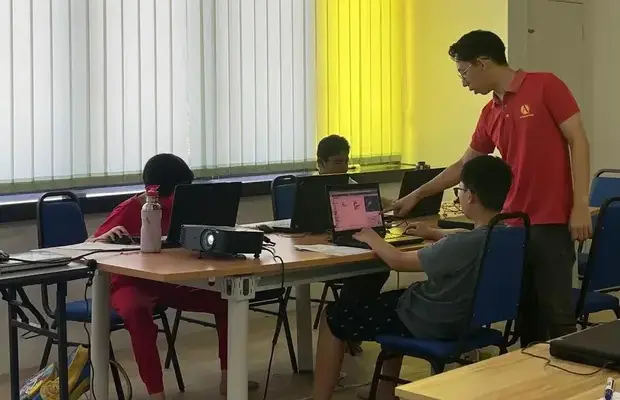
3. Check the Instructor’s Background
A great instructor can make all the difference in your child’s experience.
When looking for a program, make sure the instructor:
- Has experience teaching kids (because, let’s be honest, kids have a whole different energy!)
- Has the expertise needed for the subject (whether it’s coding, robotics, or music)
- Is enthusiastic and patient—debugging code with kids is definitely a test of patience!
I’ve had the pleasure of seeing kids fall in love with coding and robotics because their instructors made it fun and relatable. So, make sure the instructors are as excited about teaching as your child is about learning!
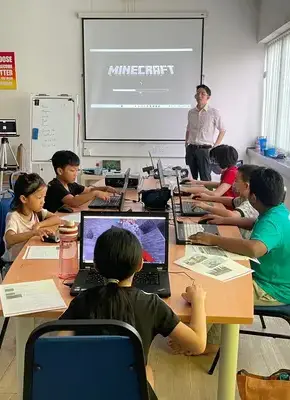
4. Class Size Matters
Big classes aren’t always better, especially if your child needs a little extra help or attention.
Smaller classes (think around 5-10 students) are ideal because they allow for:
- More personalized guidance
- More opportunities for your child to ask questions
- A better chance for the instructor to tailor lessons to different learning speeds
In my experience, students thrive when they’re in smaller groups. They feel more comfortable and are more likely to stick with the program.
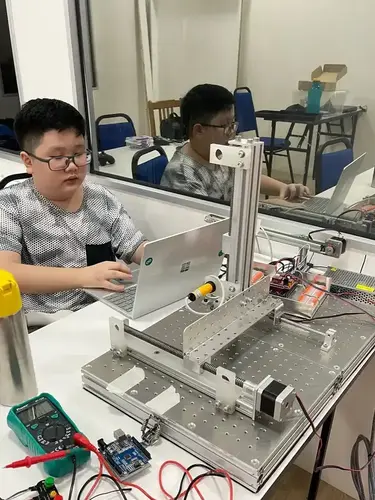
5. Look for a Learning Progression
Not all programs are the same. Some are just one-off classes, while others offer a full learning path.
Ask yourself:
- Can my child continue to level up as they improve?
- Does the program offer more advanced classes or topics like Python, game development, or app design?
- Will my child get to work on real-world projects over time?
At our academy, we love seeing kids progress from building their first simple robot to creating their own complex projects. A solid learning progression ensures that your child will stay motivated and keep building new skills.

6. Read Parent Reviews & Testimonials
Before signing up for any class, take a few minutes to check out reviews from other parents. You can get a pretty good sense of what to expect and whether the program is a good fit.
Where to look:
- Google Reviews or Facebook Reviews for honest feedback
- Ask other parents in local parenting groups for recommendations
- Check the program’s website for success stories or testimonials
🚩 Red flags to watch out for:
❌ Complaints about poor organization or lack of support
❌ Instructors who aren’t engaging or aren’t good with kids
❌ Programs with no clear structure or learning progression
I once had a parent enroll her child in my program after leaving another center because the instructors barely interacted with the students. Always check reviews!
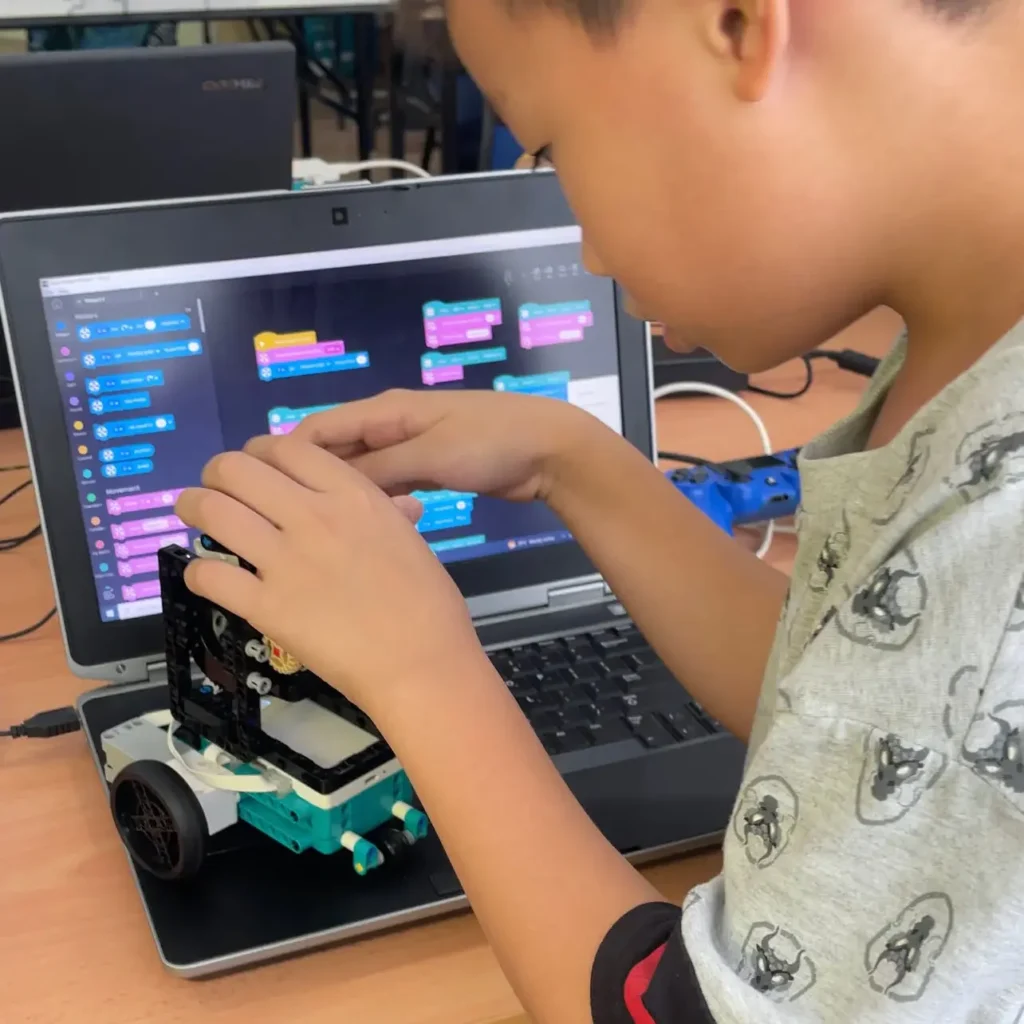
7. Try a Free Trial Class
Many good programs offer free trial classes, so take advantage of that!
During the trial, observe:
- Is your child excited to participate?
- Does the instructor explain things clearly and keep things fun?
- Are the kids encouraged to ask questions and be involved?
If your child loves the trial class and can’t wait for the next one, you’ve probably found the right program!

8. Consider Location, Schedule & Format
Think about whether the program is in-person or online, and how that fits into your schedule.
- In-Person Classes: Great for hands-on activities like art, sports, and robotics.
Online Classes: Perfect for flexible schedules, especially if you’re juggling a busy routine.
Also, make sure the class timing fits your child’s schedule without overwhelming them. Weekend classes or evening sessions might be more convenient for busy families.
For younger children, setting up a productive learning space at home can make a big difference in their ability to focus and absorb new information. Even simple changes like reducing distractions or adding fun learning tools can help.
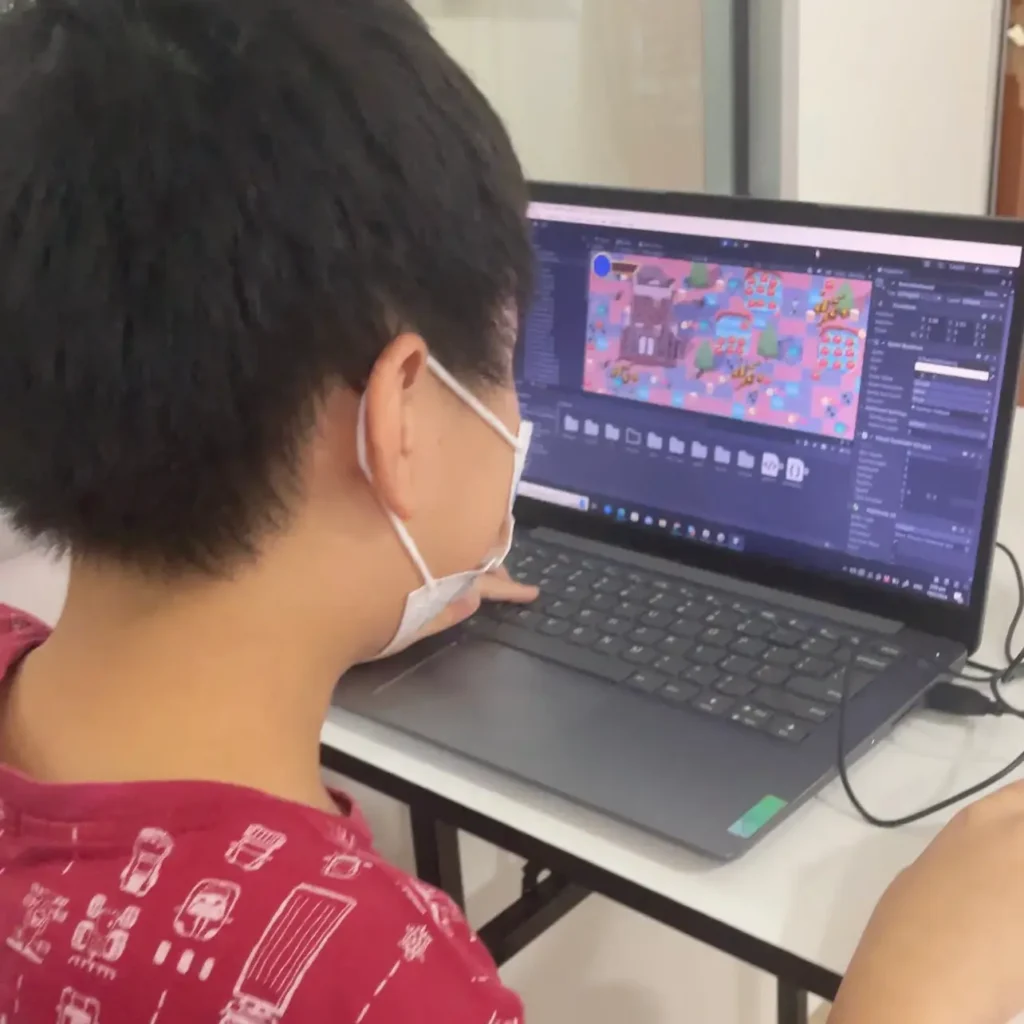
9. Pricing vs. Value: What to Look For
Price is always a factor, but keep in mind that cheaper doesn’t always mean better. When comparing programs, think about:
- Instructor experience and qualifications
- The depth of the curriculum (is it just a basic intro, or do they dive deep into subjects?)
- Hands-on projects and resources (like building robots or creating apps)
Some programs might have extra fees for materials, so keep an eye out for hidden costs.
At the end of the day, the best enrichment program is the one that gets your child excited to learn. Whether it’s coding, robotics, sports, or art, your child should wake up looking forward to their classes. If they’re not enthusiastic, it’s time to look for something that sparks their curiosity.
Take your time, do your research, and let your child explore their interests. And if you’re also looking for ways to support their education at home, these 8 guidelines for creating a study schedule can help structure their learning time effectively.
👉 Ready to find the perfect enrichment class? Start with a trial class and see how your child enjoys it!